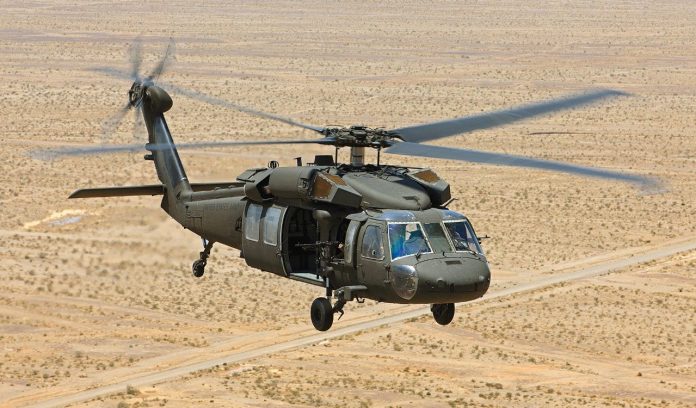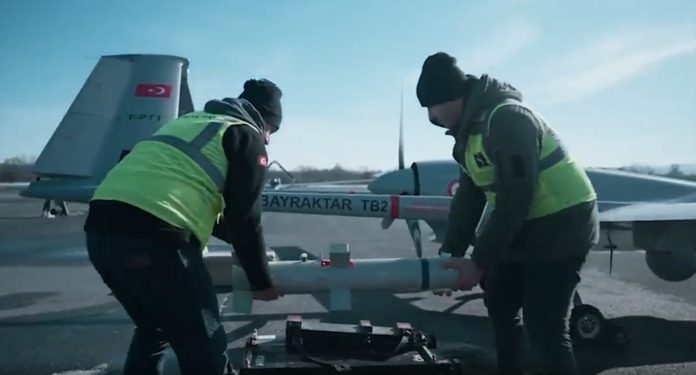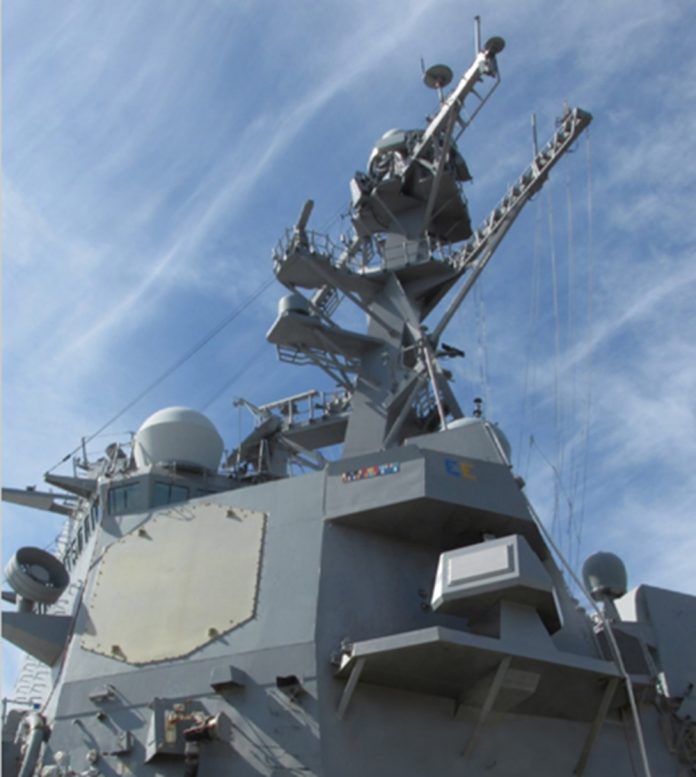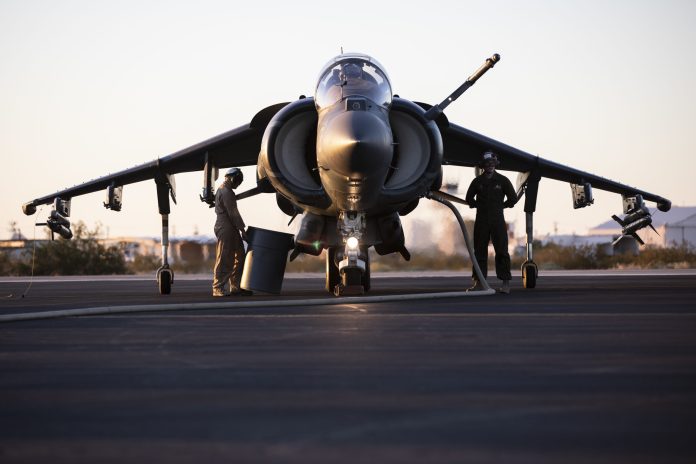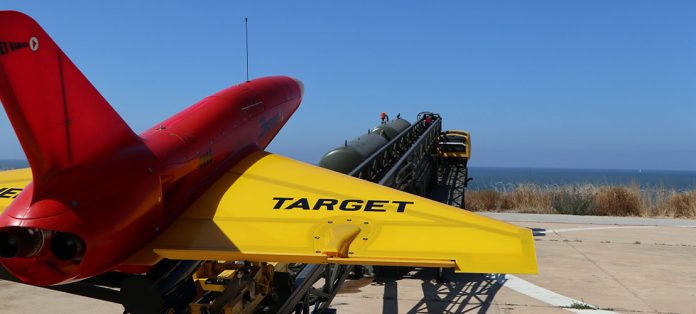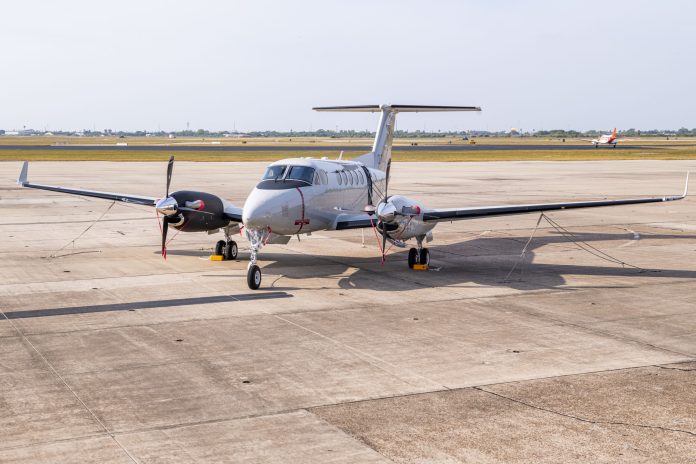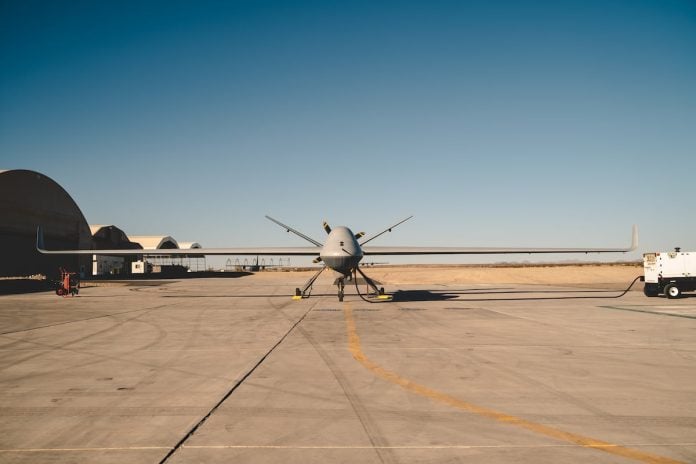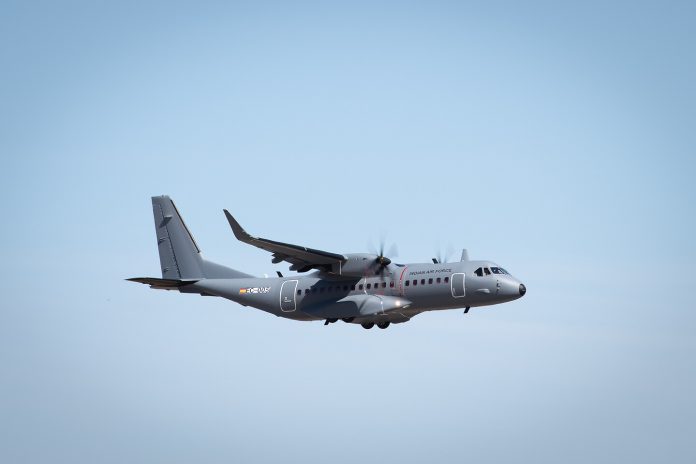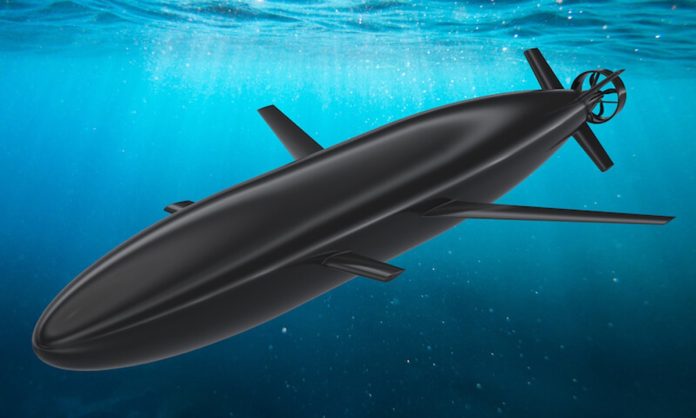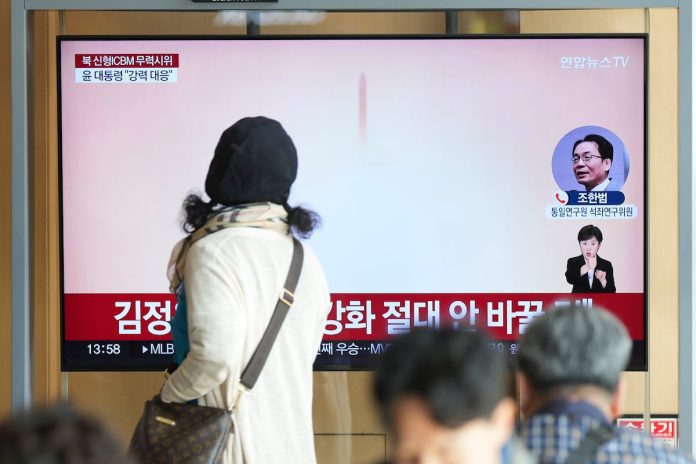Australian Army Prepares Black Hawk Helicopter Fleet for Operational Status
Sydney, Australia – The Australian Army is gearing up to achieve initial operational status for its Sikorsky UH-60M Black Hawk helicopter fleet, marking a significant milestone in the nation’s military capabilities. Since receiving its first batch of helicopters in August 2023, the Army has already logged over 1,400 flight hours, with soldiers and aviators engaging in extensive platform training, special operations, and first-of-class flight trials.
As training efforts continue through November, two additional Black Hawk helicopters are expected to arrive, further enhancing the operational readiness of the fleet. Ongoing aircraft testing and evaluation will occur alongside counter-terrorism training sessions taking place across the greater Sydney region.
The full fleet of 40 medium-lift helicopters, valued at 2.8 billion Australian dollars (approximately 1.9 billion USD), is expected to be delivered by the year 2030. This advanced fleet is anticipated to bolster the Army’s readiness to respond to domestic emergencies and security threats.
Major General Stephen Jobson, Commander of Army Aviation Command, emphasized the importance of this specialized training. "This complex training is vital in ensuring our soldiers and aviators are equipped to swiftly handle domestic emergencies and potential security situations," he stated.
In acknowledging the training activities, Major General Jobson also expressed gratitude towards the New South Wales community. "We thank the New South Wales community for their ongoing support and appreciate your patience while we conduct essential training that is critical to maintaining our world-class counter-terrorism response."
The progress in integrating the Black Hawk fleet signals a new chapter for the Australian Army, enhancing its capabilities as it prepares to address various operational challenges in the future.

